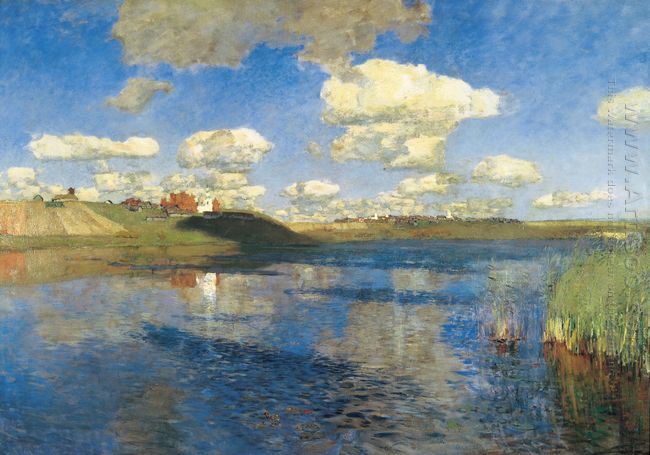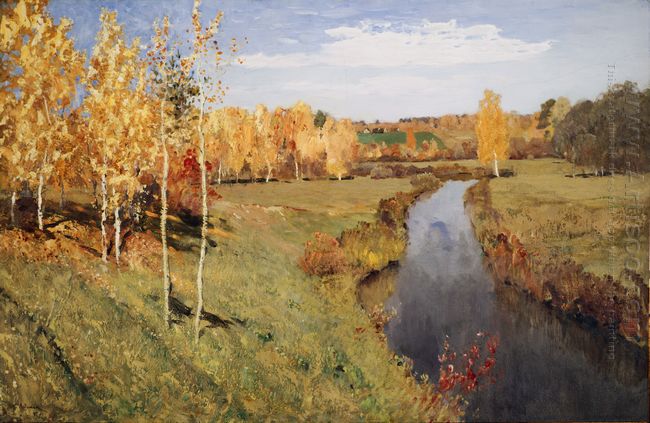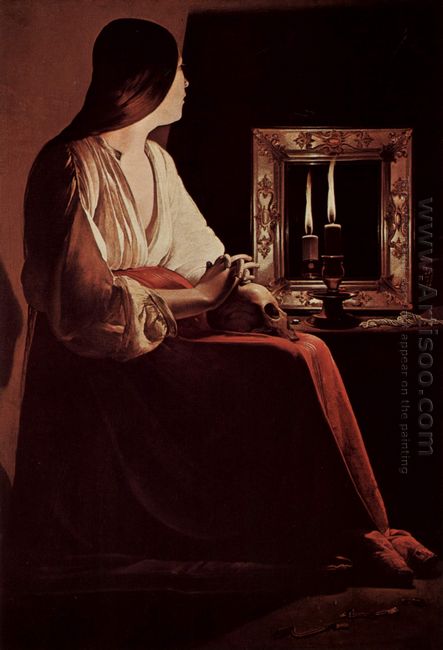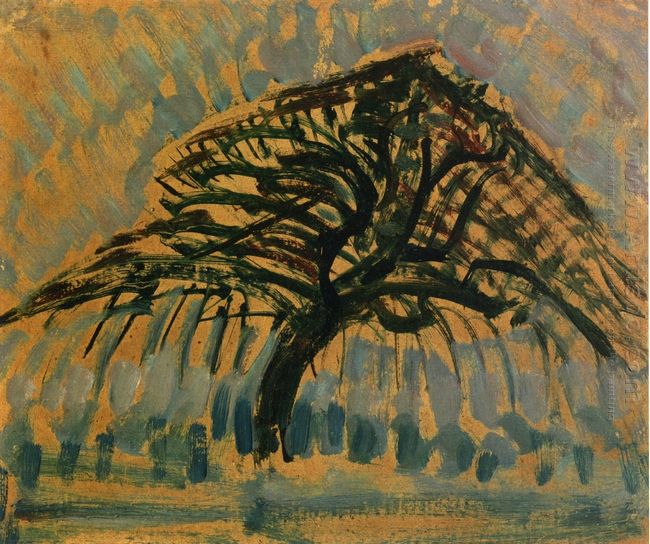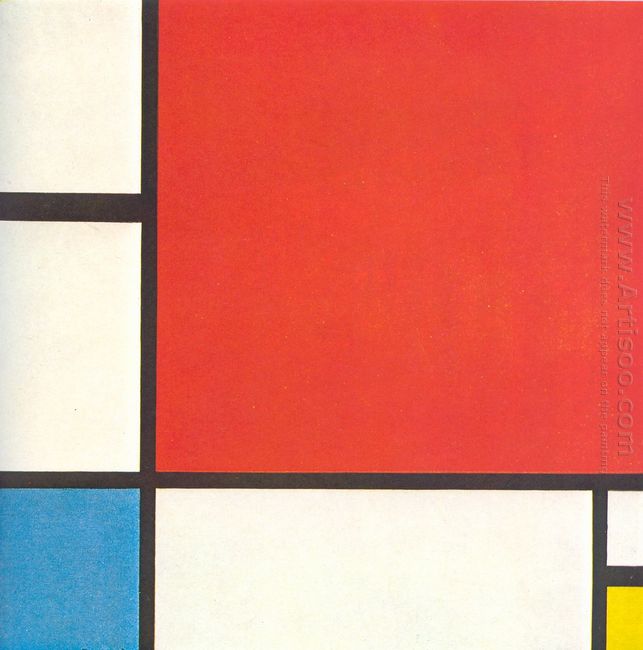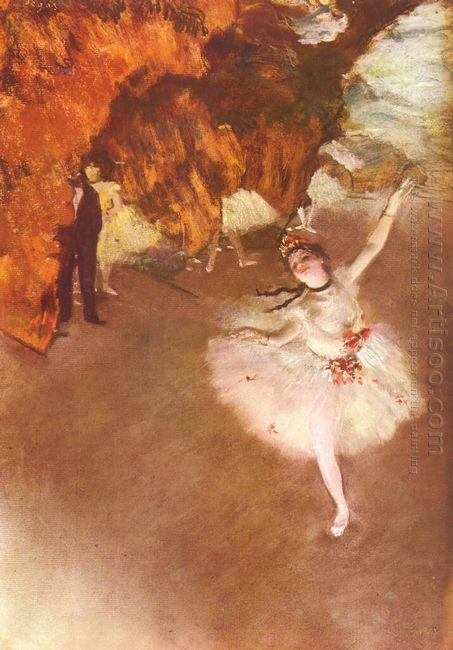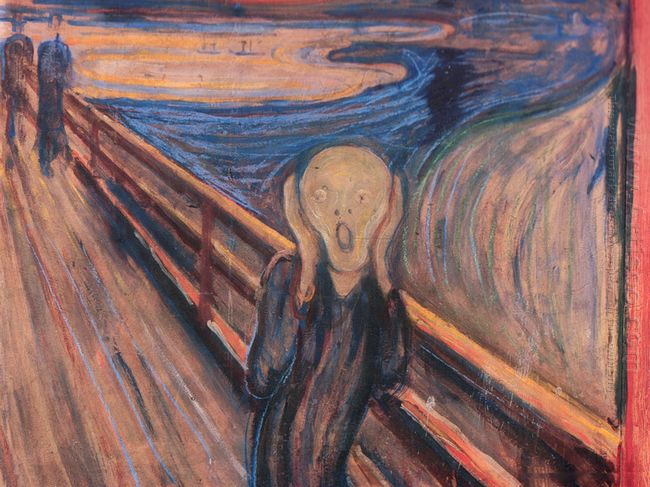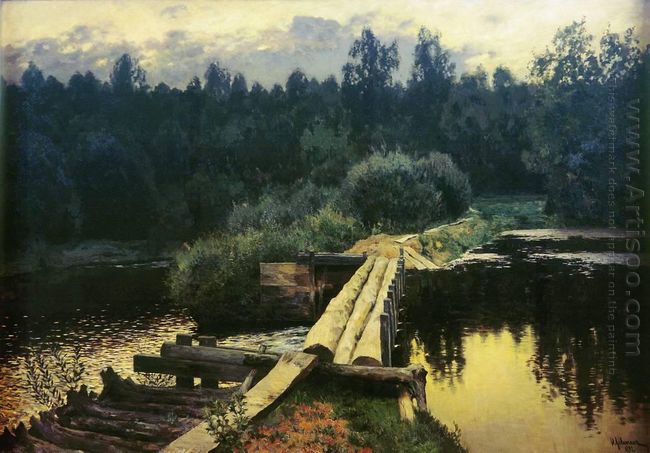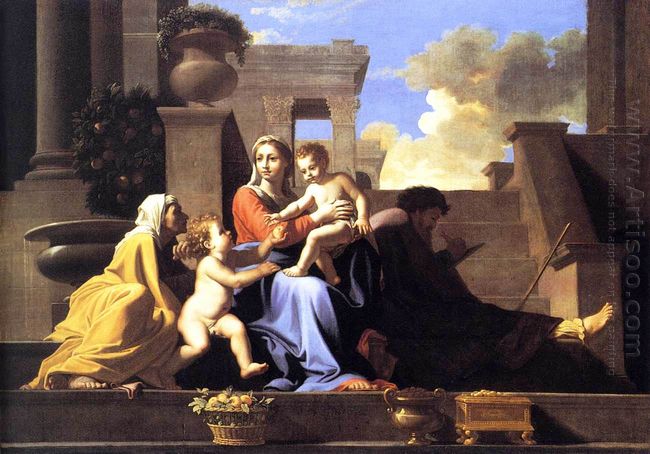Isaac Levitan later painting, Lake Rus, was similar to his masterpiece Above The Eternal Tranquility which contained the deep and sad era characteristics. Levitan had made multiple variants about this realism art. In order to explore the different lights and color changes in the transfer of climates of the sky and the lake, he seriously studied the different techniques and strived to exhibit the vividness and richness of the beauty of the nature. The view of the painting was open, the composition was broad and magnificent and the artistic style was close to the epic.
This landscapes was one of the most aesthetic works among the large series of paintings that were exhibited in 98 China International Art Year. The whole painting scene of Lake Rus was echoed in one kind of musical melody. Some critics compared it to the Rachmaninoff’s Second Piano Concerto, with its magnificent poetry to summon up the theme that fascinated all the painters: the broad water and land, the walking clouds and wind, the shadow floating through the newly plowed spring land, the outline of distant towns and faintly visible white church’s spire. All of these were the real scenery of the central Russia in a sunny spring afternoon. And human was just a small and precious part of the nature. The Lake Rus made before the painter’s death used very light and lively colors and made the highly generalization for the image of the nature, which was the summary of his constant exploration in art.
